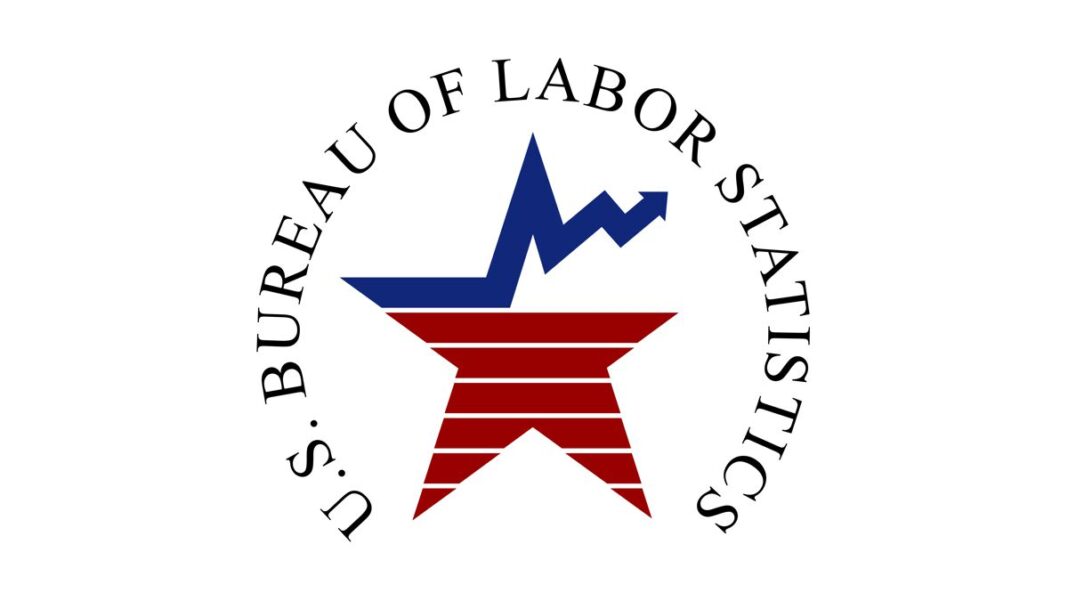Shelter and energy account for much of the monthly consumer price index increase.
The U.S. annual inflation rate eased to its lowest level in more than four years, even as President Donald Trump’s tariffs started stretching throughout the U.S. economy.
According to the Bureau of Labor Statistics (BLS), the annual inflation rate declined to 2.3 percent in April, from 2.4 percent in March. This represented the third consecutive monthly slowdown and the lowest reading since February 2021.
This came in below economists’ expectations of 2.4 percent.
On a monthly basis, the consumer price index (CPI) rose by 0.2 percent.
Core inflation, which removes the volatile energy and food components, was unchanged at 2.8 percent.
The core CPI was in line with the consensus forecast.
Shelter inflation rose by 0.3 percent in April, accounting for more than half of the monthly jump. In the 12-month period ending in April, shelter slowed to 4 percent.
Industry data indicate that the U.S. housing market has stabilized as more supply comes online.
The index for energy also advanced last month, climbing to 0.7 percent amid surging natural gas and electricity prices. However, gasoline dipped to 0.1 percent and is down by nearly 12 percent over the past 12 months.
Crude oil prices have tanked this year, with the benchmark West Texas Intermediate (WTI) falling by 13 percent since January.
Global energy markets have slumped due to growing concerns about increasing supply amid renewed output efforts by the Organization of the Petroleum Exporting Countries (OPEC) and its allies, OPEC+. In addition, tariff-fueled economic concerns have created consternation regarding worldwide energy demand, particularly in China, the world’s largest petroleum importer.
The food index dropped by 0.1 percent monthly, including a 0.4 percent decrease in supermarket prices. The “food away from home” category edged up by 0.4 percent.
Within the index, the most notable item to register a double-digit decline was eggs. In April, the price of eggs plummeted by 12.7 percent, though it is up by more than 49 percent year over year.
By Andrew Moran








